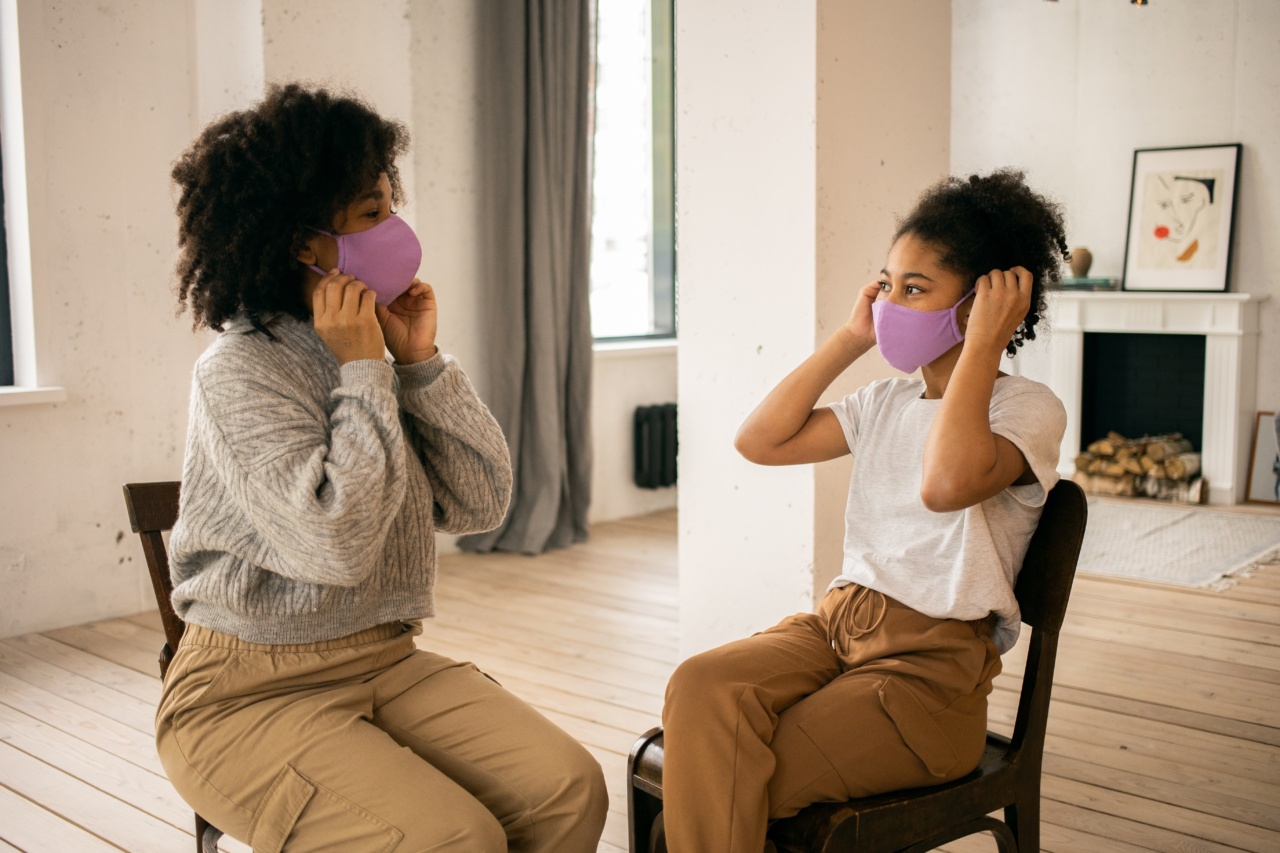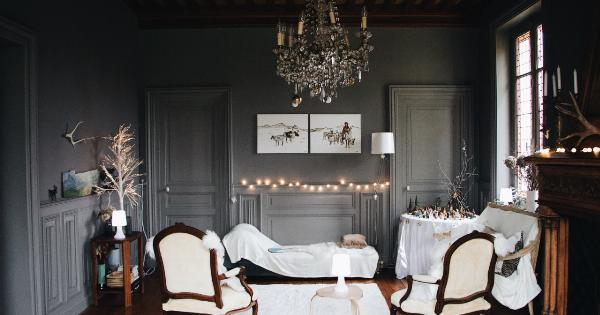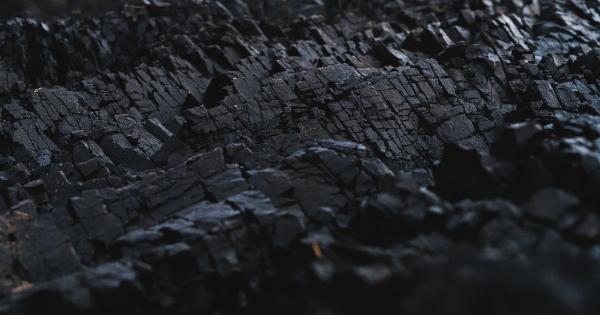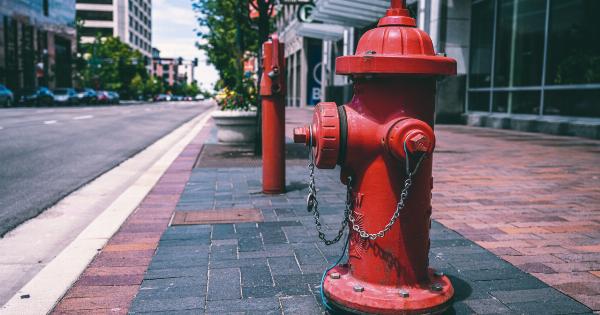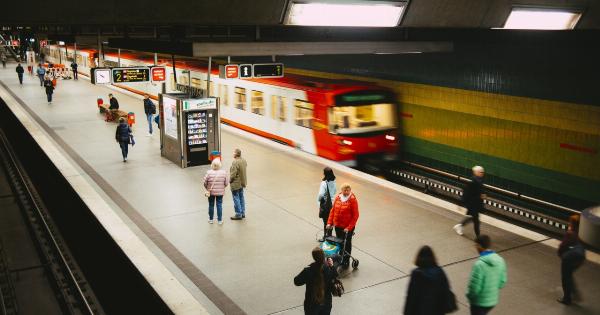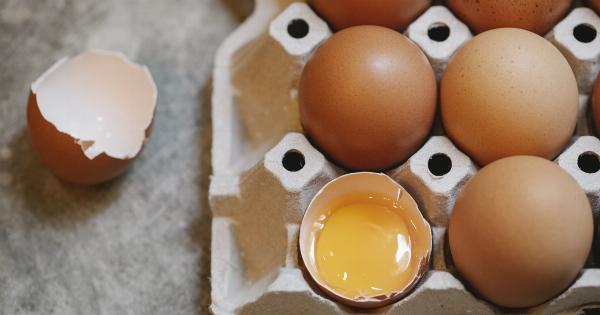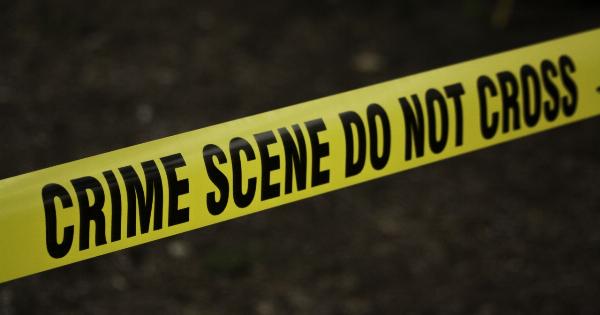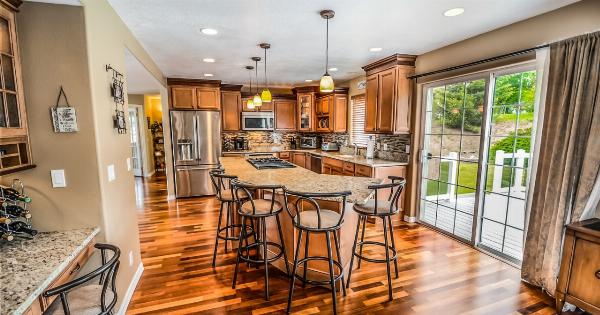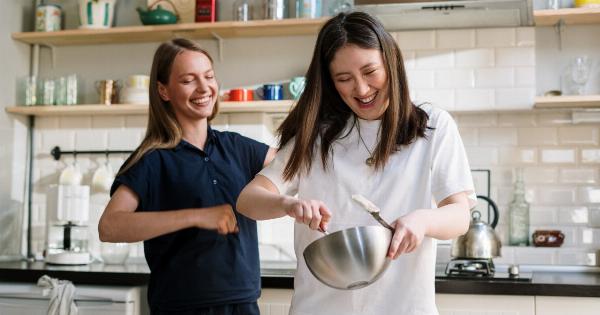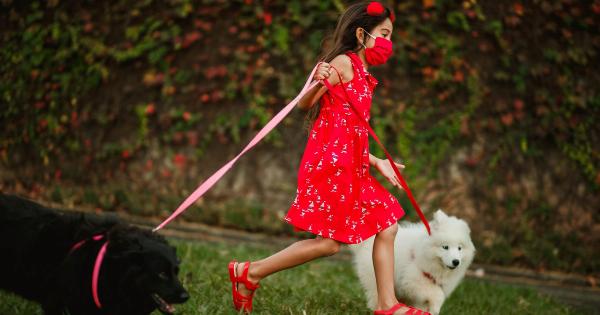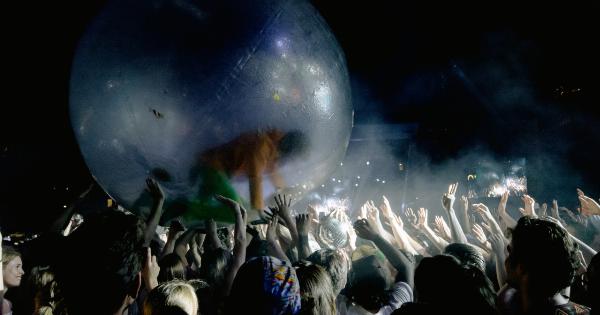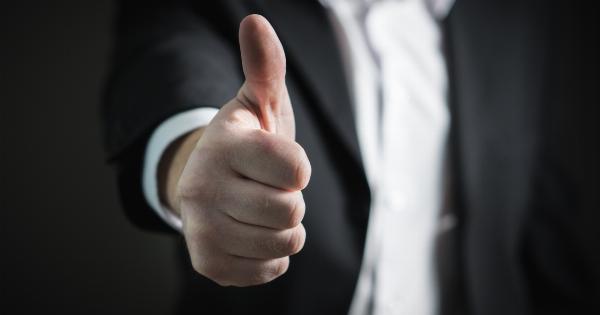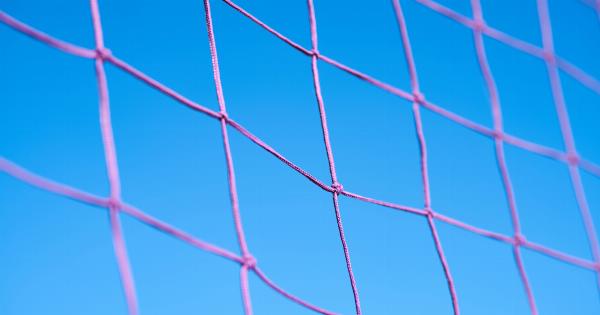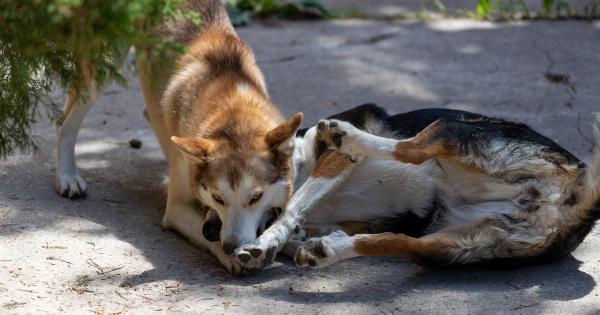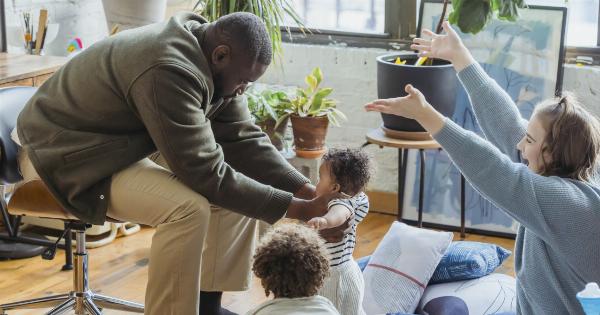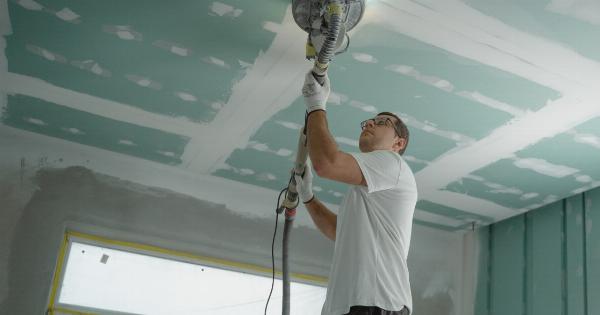A fireplace is a cozy and inviting feature in any home. It’s a perfect way to stay warm during chilly nights. But while fireplaces are charming, they also pose a significant safety risk. It’s essential to know how to handle them safely.
Check out these fireplace safety tips for homeowners:.
1. Keep Your Fireplace Clean
A clean fireplace is a safe fireplace. Creosote, a chemical that forms when wood burns, can build up inside the chimney. It’s a leading cause of chimney fires.
To avoid this, make sure you have your chimney professionally cleaned and inspected at least once a year.
2. Use Dry Firewood
The wood you burn in your fireplace should be dry. Wet wood contains moisture, which causes it to smoke and release more creosote. Dry firewood, on the other hand, burns hotter and cleaner, reducing the buildup of creosote in the chimney.
3. Open the Damper
Before you start a fire, make sure the damper is open. The damper controls the airflow through the chimney. If it’s closed, smoke could fill your home. Before you go to bed or leave your home, ensure that you close the damper.
4. Keep Flammable Materials Away
Keep any flammable materials away from your fireplace. Anything that catches fire easily – like drapes, furniture, or paper – should be kept at a safe distance from the fireplace.
5. Use a Fireplace Screen
A fireplace screen will prevent sparks and embers from jumping out of the fireplace and onto the floor or carpet. A screen is also an excellent barrier for your children and pets.
6. Don’t Leave the Fire Unattended
Never leave your fire unattended, especially if you have kids or pets. Even embers can start a house fire if left unchecked.
7. Don’t Overload the Fireplace
Don’t overload the fireplace with wood. Overloading the fireplace will cause more smoke and soot to build up and can also cause scorches to the chimney. Only use a safe amount of firewood at a time.
8. Keep a Fire Extinguisher Nearby
It’s always a good idea to keep a fire extinguisher near the fireplace. If a fire ever gets out of control, you’ll want to tackle it as quickly as possible.
9. Install Carbon Monoxide Detectors
Carbon monoxide is a colorless, odorless gas and is often referred to as the ‘silent killer.’ If you don’t have proper ventilation, carbon monoxide can seep into your home.
Always keep a carbon monoxide detector near your fireplace.
10. Hire a Professional for Installation or Any Repairs
Don’t try to install or repair a fireplace if you aren’t sure what you are doing. Hire a professional to help you with these tasks. This will ensure that your fireplace is installed correctly and will reduce the risk of fire in your home.
